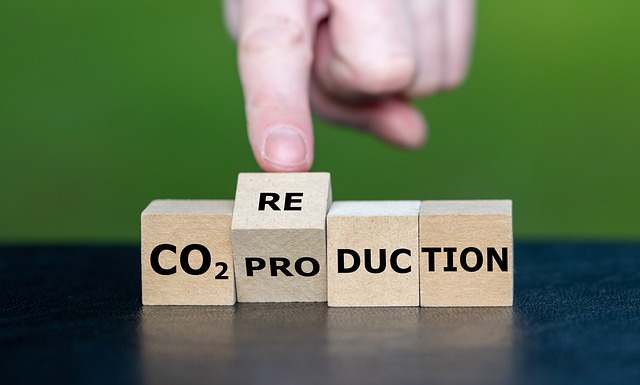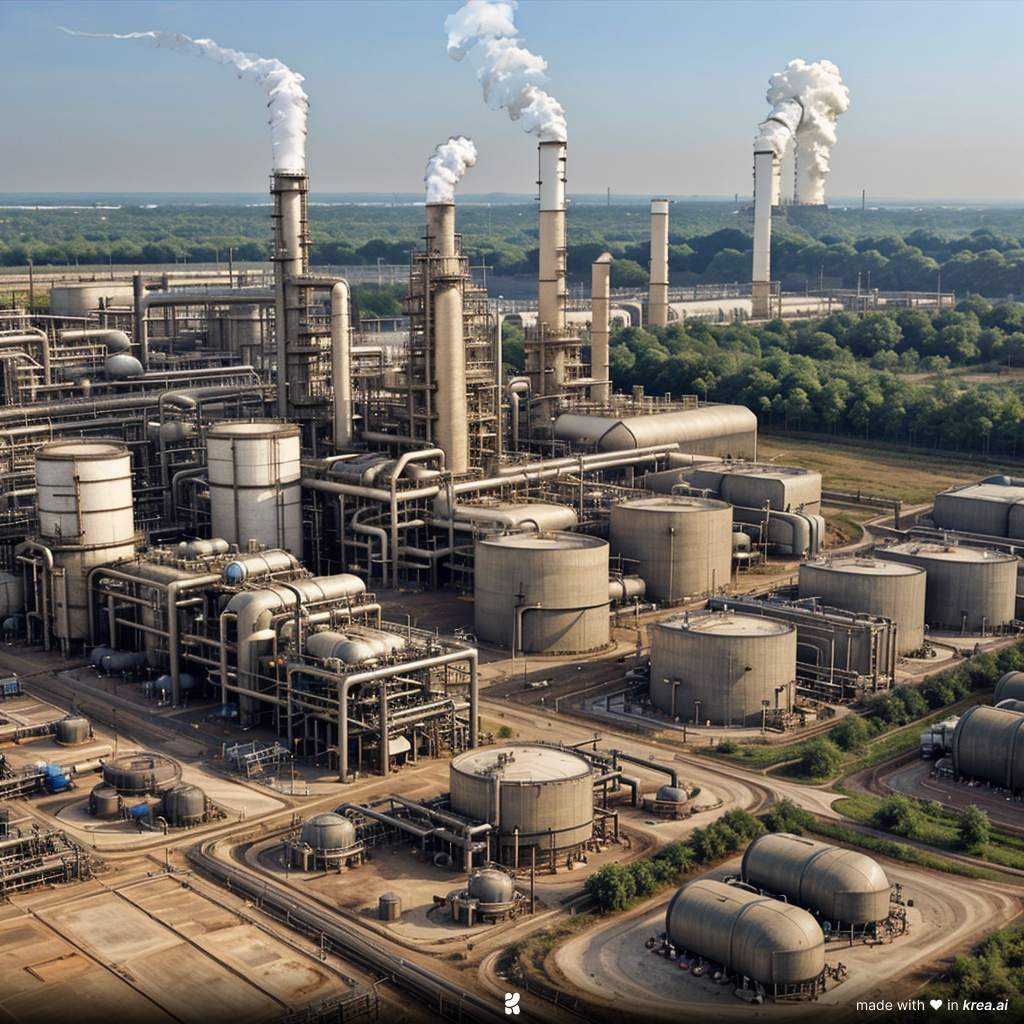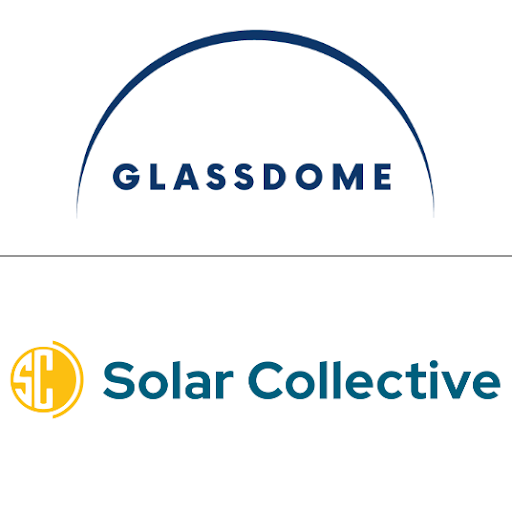By glassdome

ESG regulation never stops evolving, and the Greenhouse Gas (GHG) Protocol and Carbon Border Adjustment Mechanism (CBAM) are no different. Companies aren’t sure how to navigate and implement new regulations and standardized frameworks.
One of the most common question we hear is this: If your company is already following the GHG Protocol framework, do you comply with CBAM?
Overview
The GHG Protocol and CBAM (pronounced see-BAM) are closely linked, but they serve different purposes and address distinct climate action challenges.
The GHG Protocol is a voluntary tool that organizations can use to measure and manage their emissions. CBAM is a European Union regulation (part of The European Green Deal) designed to address carbon leakage and ensure fair competition in the international trade of goods. Figure 1 is a overview of the key differences between the GHG Protocol and CBAM:
Figure 1. Differences between the GHG Protocol and CBAM.
The GHG Protocol is voluntary, developed by non-profit organizations, considers Scope 1, 2, and 3, and covers a broad spectrum of emissions. CBAM is mandatory for several types of importers to the EU, developed by the EU, does not consider all of scope 1, 2, and 3, and is aimed solely at carbon leakage. They both apply to business, focus on greenhouse gas accounting and emission measurement and reporting, and are the result of international collaboration.
The key overall difference between the two methodologies is that CBAM is not focused on determining GHG emissions at the corporate level, but rather at the product level.
So while the GHG Protocol and CBAM share commonalities in their application to businesses, their focal points diverge.
Before we dive into details, let's look at how the transitional phase of CBAM works. If you want to navigate the regulations and stay compliant, you need to understand the workflows and governance system.
Today, CBAM only applies to a specific set of goods imported into the EU: cement, iron and steel, fertilizer, aluminum, electricity, and hydrogen.
Figure 2 illustrates the transitional phase of CBAM.
Figure 2. The Governance System and Workflows Included Under the Transitional Phase of CBAM.
- The importer gets CBAM goods from global installations outside the EU.
- Customs declare each import in the usual process.
- Customs authority informs the EU Commission via CBAM Transitional Registry of the import. This serves to verify the thoroughness and precision of quarterly CBAM reports.
- Reporting declarant requests embedded emissions data from CBAM goods' operators.
- Declarant submits quarterly CBAM report to CBAM Transitional Registry.
- The Commission exchanges information with EU authorities and determines which reporting declarants need to submit CBAM reports. The Commission also performs spot checks and addresses irregularities within the reports.
- The importer, if penalized, informs the operator to prevent future issues.
Got it? Let's get started on the differences between the GHG Protocol and CBAM.
Already thinking you might need to look at software that’ll help you through data collection and reporting? We’ve got you covered.
More Articles








